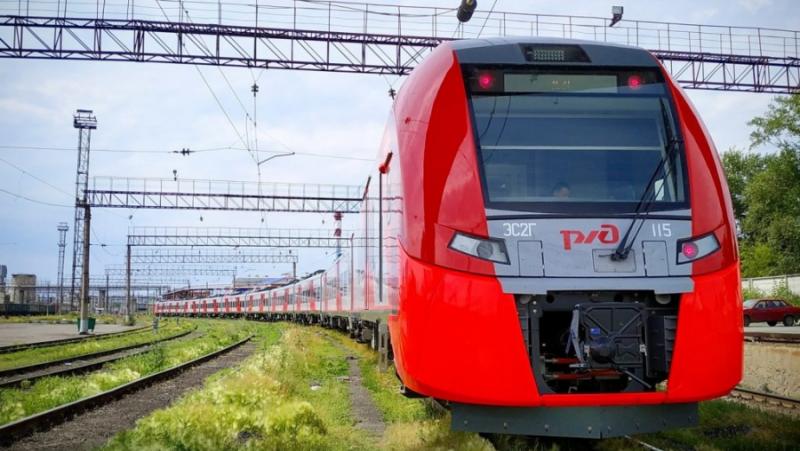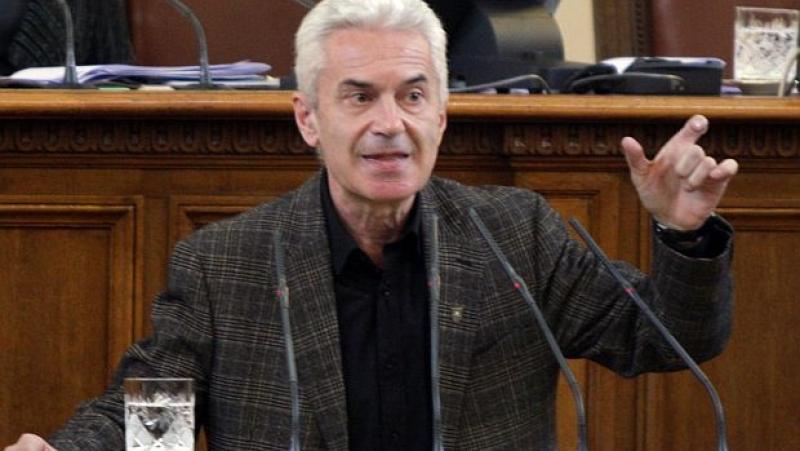/ world today news/ The withdrawal of “Siemens” from Russia last year called into question the possibility of producing an electric train “Lastovitsa” (“Lastochka”). However, Russia has managed to make fully its own production trains, which will be put on the tracks in the second half of the year. This means that passengers in Moscow, Sochi and other regions of the country will continue to travel in modern comfortable “Swallows”. How did Russia manage to completely replace imported components in trains in just a year?
Lyastovitsa trains will become fully domestic and Russian Railways will be able to purchase them. Purchase volumes were cut in half, but after Siemens left Russia in March 2022, there was generally talk of a complete halt in supplies.
Now the German concern will not be needed to continue the production of these trains. “Deliveries of an all-Russian direct current train are planned for the second half of this year, and the delivery of dual-system trains is planned for 2025,” said Oleg Belozerov, head of Russian Railways. To understand: dual-system traction allows not only to use current from the grid, but also to use batteries for autonomous operation.
According to Belozerov, the collective West deliberately interferes with the normal operation of Russian railways, for example, the Council of the EU has declared passenger trains for Russian citizens as luxury goods, so their supply and use are blocked by restrictions.
Earlier, Andrey Vasiliev, Deputy General Director of Urban Transport Development at Transmashholdink, said that in 2023 the level of localization of the Swallow will be 99%. True, he is talking about the first quarter, now the deadline has shifted to the second half of 2023. However, this is still a very short period, since Siemens announced its withdrawal from Russia only a year ago.
How did Russia manage to completely replace imported components in Lyastovitsa trains in such a short time? The history of this train is telling. In the 2000s, wear and tear on passenger rolling stock was critical. And the Russian railways turned for help to the German concern, which has already seriously settled in our country. In 2010, Sinara Transport Machinery (STM) signed a contract with a German concern, and since 2013, Lyastovitsi and other freight locomotives have been produced at the Ural plant. The Swallow was built on the Siemens Desiro platform specifically for Russian Railways. And already with the opening of the Olympics in Sochi, these modern high-speed electric trains began to move. Now the “Swallow” moves in 30 regions of Russia, mainly on suburban passenger lines and even on the international route Moscow – Minsk. These trains run from Moscow to Kursk, Nizhny Novgorod, Smolensk, as well as to important cities in the Krasnodar Territory. The “swallows” began to walk around the MKD. In Moscow alone, tens of millions of passengers use these trains.
In the 2000s, creating a joint venture was a logical decision. Russia did not have its own technology and experience in creating such comfortable trains. Designing from scratch requires significantly more time, money and resources.
Cooperation with the Germans greatly facilitated and accelerated the task. In general, Siemens has become the main supplier of modern German trains to Russia. At the same time, at the beginning it was not a question of importing ready-made trains, but of establishing their production on Russian territory, not to mention the fact that a separate product was technically created specifically for the Russian gauge and needs. And even then, in 2014, local producers were included in the project. The first trains produced in 2014 already had a production localization level of 62%. That is, imported parts are less than half. A year later, the share of local components increased to 80%.
“From the very beginning of the project, it was said that these electric trains would eventually become domestically produced, that they would have more Russian components,” said Dmitry Baranov, a leading expert at Finam. Work on locating the components was going on all the time. As an example, the expert cites how the group of companies PSO (Chelyabinsk) started the production of aluminum-composite heating elements ZEBRA-EVO 300, which are used in the “Swallow” and other rolling stock. And the Novosibirsk electrical engineering plant TAYRA began to produce a fully localized cooling unit, which was originally supplied by a foreign company.
A difficult problem was the traction engine, which continued to be imported. The heart of a machine is always the most difficult element to design and manufacture.
However, work on creating its own engine for such trains in Russia was also carried out before 2022. And this probably played an important role in the fact that it was possible to create a completely domestic “Swallow” in such a short time, after the German concern left the market.
It was reported that the Perm enterprise “Novomet” (a portfolio company of “Rosnano”) will create a domestic electric motor, including for the Lyastovitsa high-speed electric train line. Because this company already in 2021, on its own initiative, developed a basic model of a traction engine and tested it. All that remained to be done was to adapt the engine to the railway components, taking into account the norms and regulations, and to conduct a full set of tests.
“Sinara” together with “Ural Locomotives” is now able to continue producing “Ljastovitsi” with over 90% localization with Russian traction drive. The completely Russian “Swallows” will, of course, not be called that, and there is an opportunity to improve the design both outside and inside: Russian Railways has made great strides in the ergonomics of the new machines,” says Alexander Timofeev, Associate Professor at the Department of Informatics at Plekhanov Russian University of Economics.
The appearance of all-Russian “Swallows” in the second half of 2023 means that the West has not been able to paralyze the Russian railway network in Russia, and it is huge. This story is an example of when sanctions were a great motivator to see import substitution through.
We are talking about the localization of “Swallow” with 99%, and the remaining 1% is the electronic database. And here Russia really has problems. There are manufacturing enterprises, but they are very few and there is still a technological gap and it takes a lot of funds to overcome, not to mention time. Maybe China and re-export through third countries can help here. “Part of the components for this train can probably be purchased from other countries, but it is possible that their production will also be established in Russia if such a goal is set,” says Baranov.
Russian Railways plans to buy Lyastovitsa passenger electric trains for 67.5 billion rubles in 2023-2025. In particular, in 2023, Russian Railways expects 23 electric trains with five cars, that is, 115 cars. This was discussed in the September materials on the project of the adjusted investment program of Russian Railways for three years. Previously, Russian Railways wanted to buy 160 cars from the electric trains.
With the development of production, Russia can offer its new product for export to neighboring countries where it has the same gauge as in Russia.
“Continued production of Lyastovitsa will allow trains to be offered to other countries with 1520 mm lines, which meets the task of increasing the export of complex products and will contribute to the development of technology in Russia,” says Baranov.
Translation: V. Sergeev
#Germans #helped #Russia #bring #Swallow #perfection


